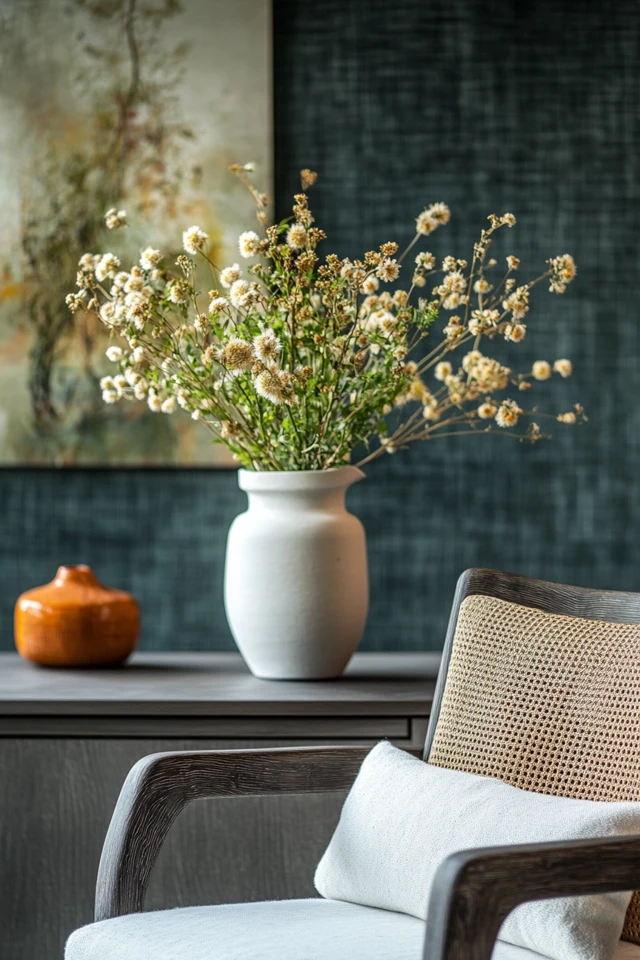In today’s fast-paced world, your home should be a sanctuary where you can escape, recharge, and unwind. Creating a room with a relaxing vibe is about more than just comfort—it’s about curating an environment that feels calm, cozy, and perfectly tailored to your needs.
When I set out to design my own “relaxation room,” I started with the essentials: soft lighting, cozy textures, and a neutral color palette. But as I layered in personal touches like a favorite candle and plush throw blankets, the room evolved into my ultimate escape. Whether I’m reading, meditating, or simply enjoying a cup of tea, this space feels like a true retreat.
In this guide, I’ll show you how to design a relaxing vibe room that combines style and comfort to create your ultimate at-home oasis.
1. Start with a Soothing Color Palette
Why It Works
Soft, neutral colors set the tone for a peaceful and calming environment.
How to Do It
- Stick to colors like beige, ivory, soft gray, or muted blues and greens.
- Use monochromatic or tonal color schemes for a cohesive look.
- Add depth with textured materials in similar shades, like a knitted throw or woven rug.
Example:
A room with soft sage walls, white furniture, and natural wood accents feels serene and grounded.
2. Incorporate Cozy Textures
Why It Works
Textures create warmth and tactile comfort, inviting you to relax and unwind.
How to Do It
- Layer plush throw blankets and cushions on your sofa or bed.
- Use a soft area rug, like a shag or faux sheepskin, to add warmth underfoot.
- Incorporate materials like velvet, linen, or chunky knits for a variety of textures.
Styling Tip:
Drape a chunky knit blanket over an armchair for an inviting, laid-back look.
Picture Gallery
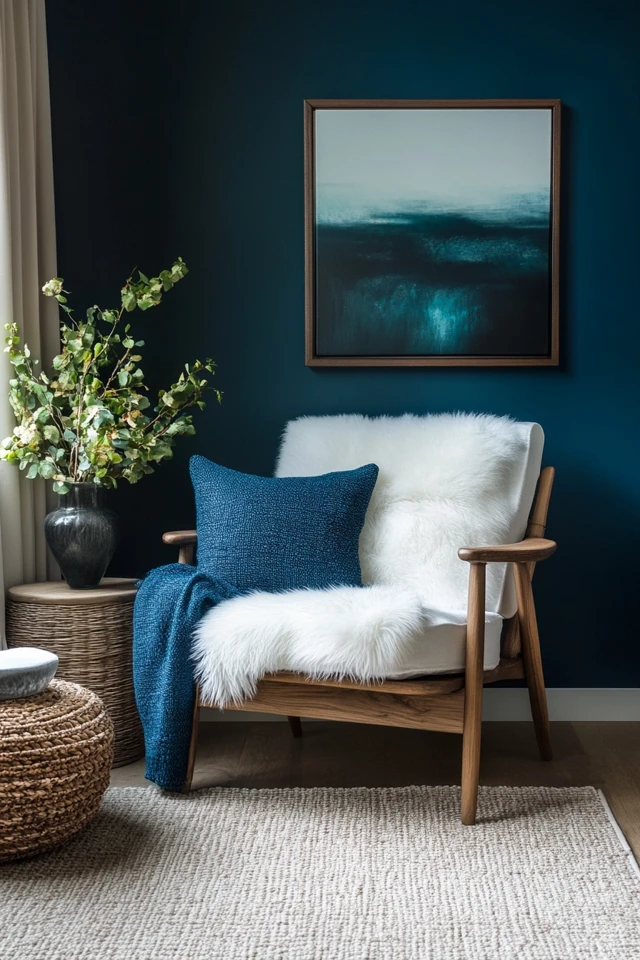
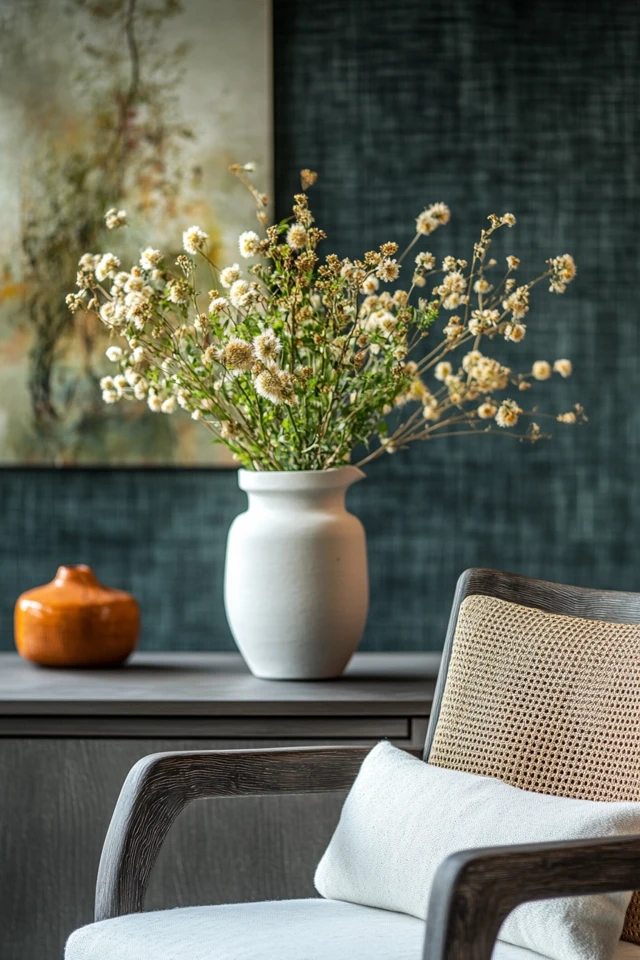

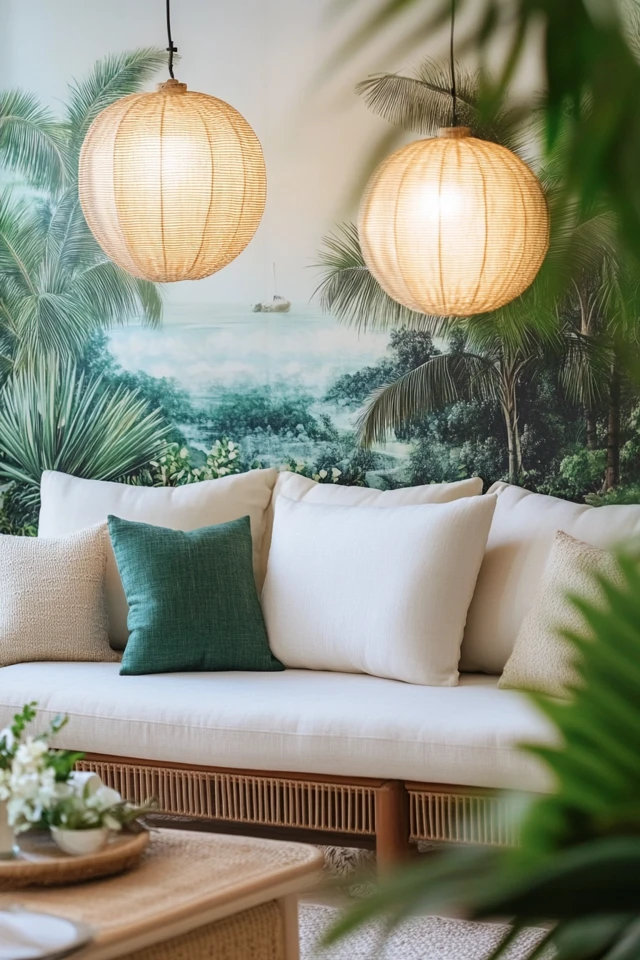
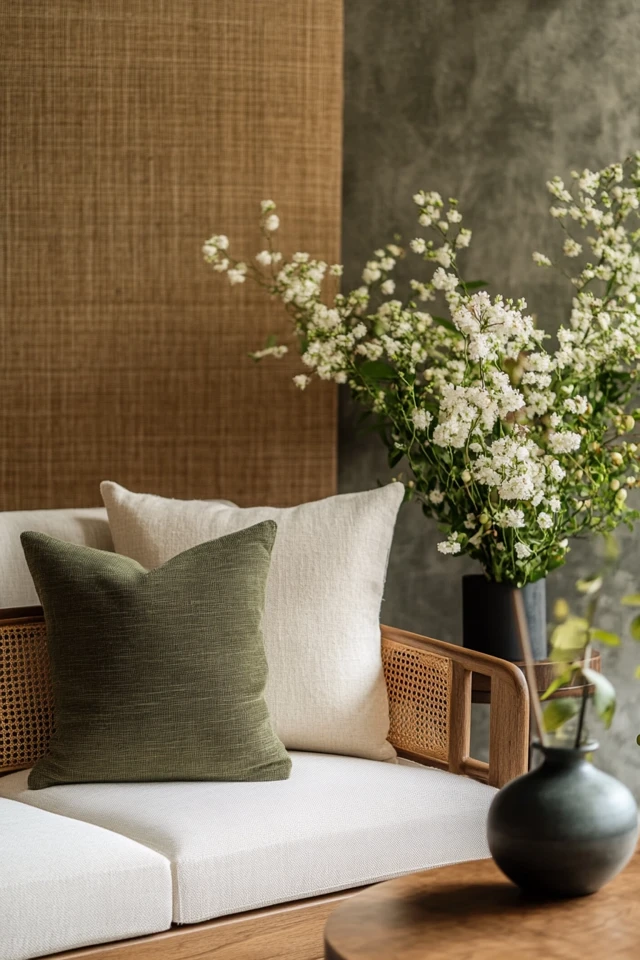


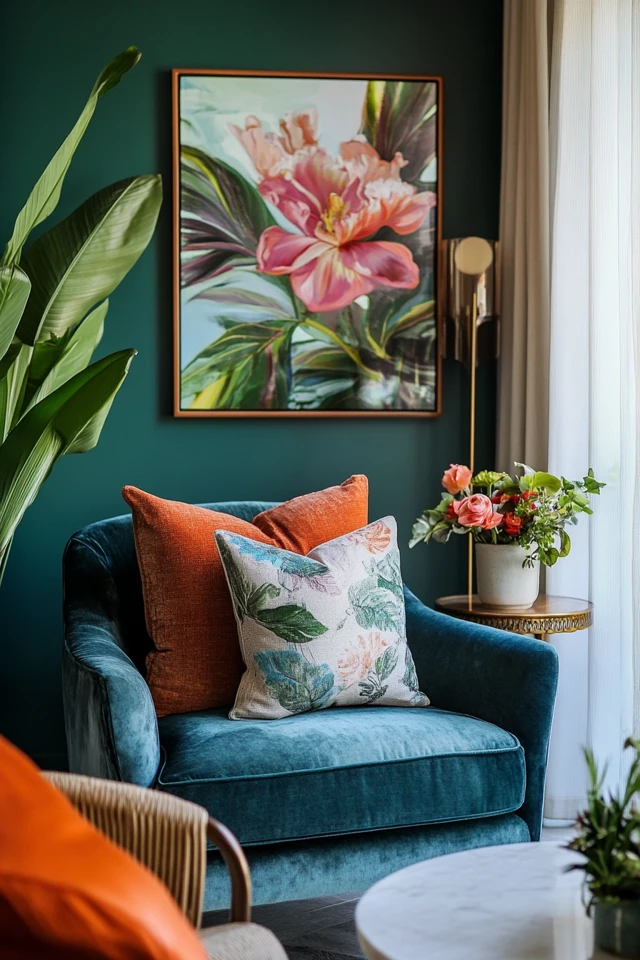
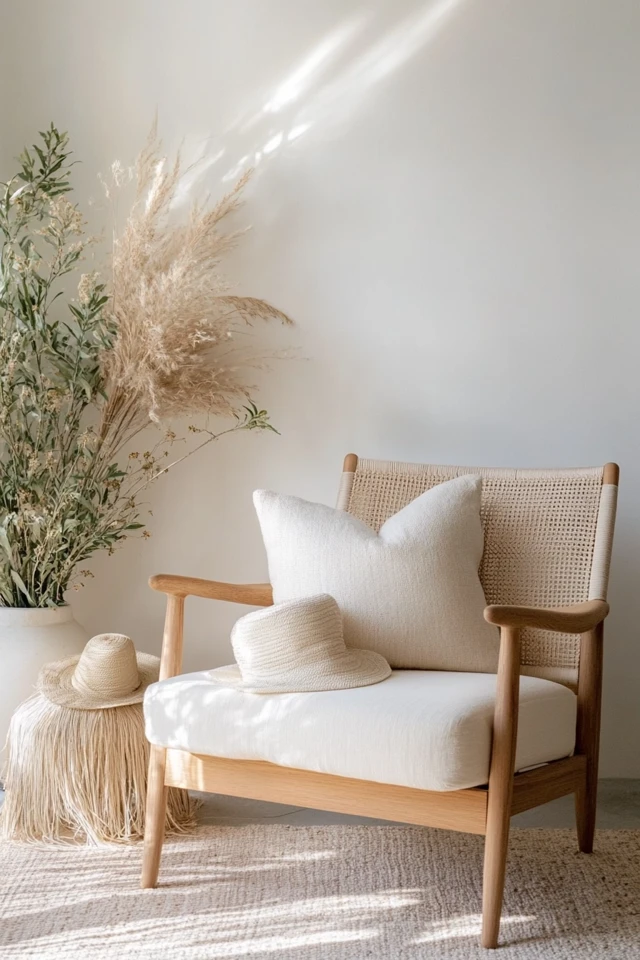
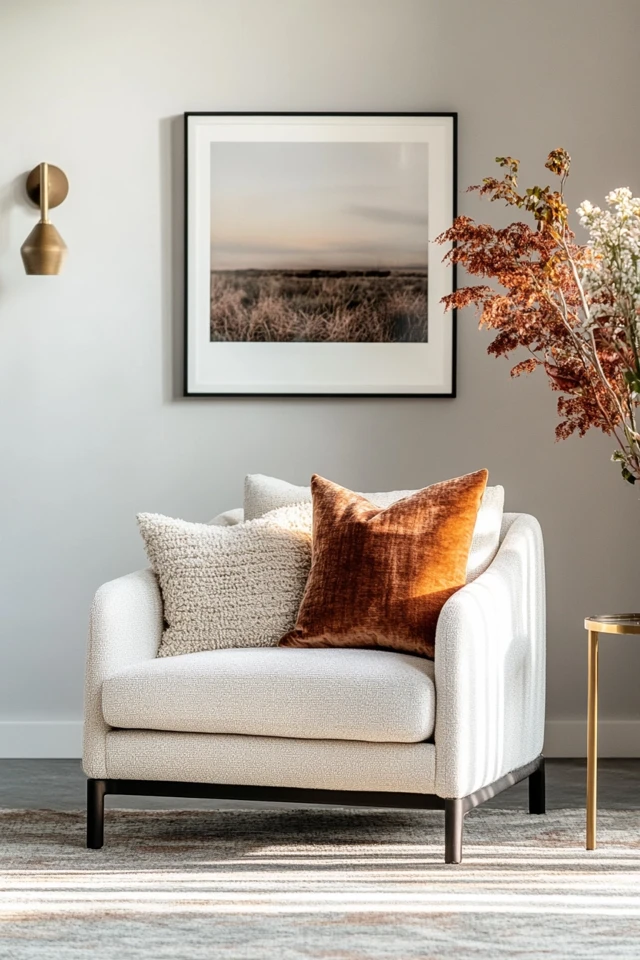
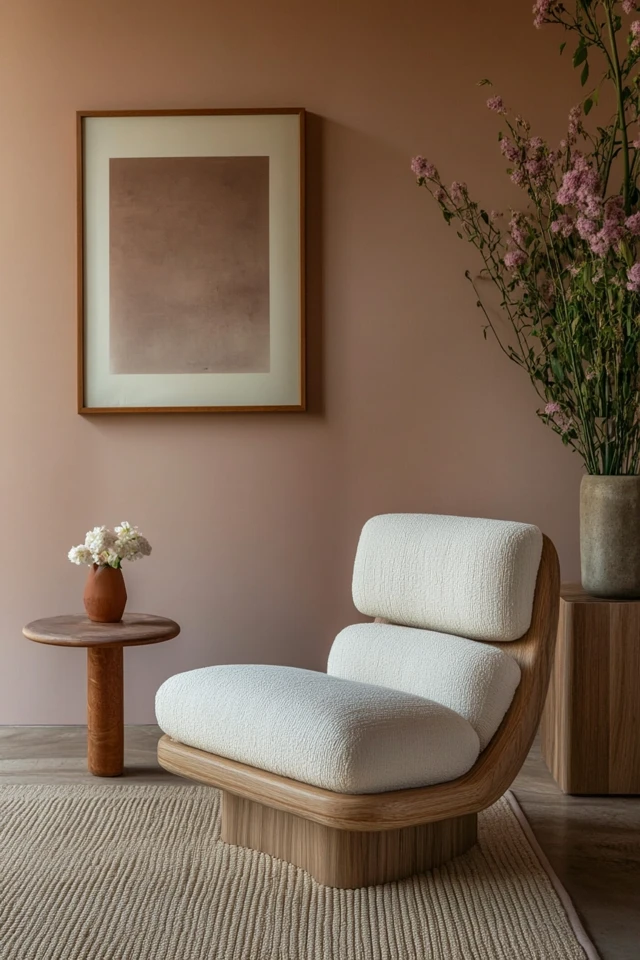
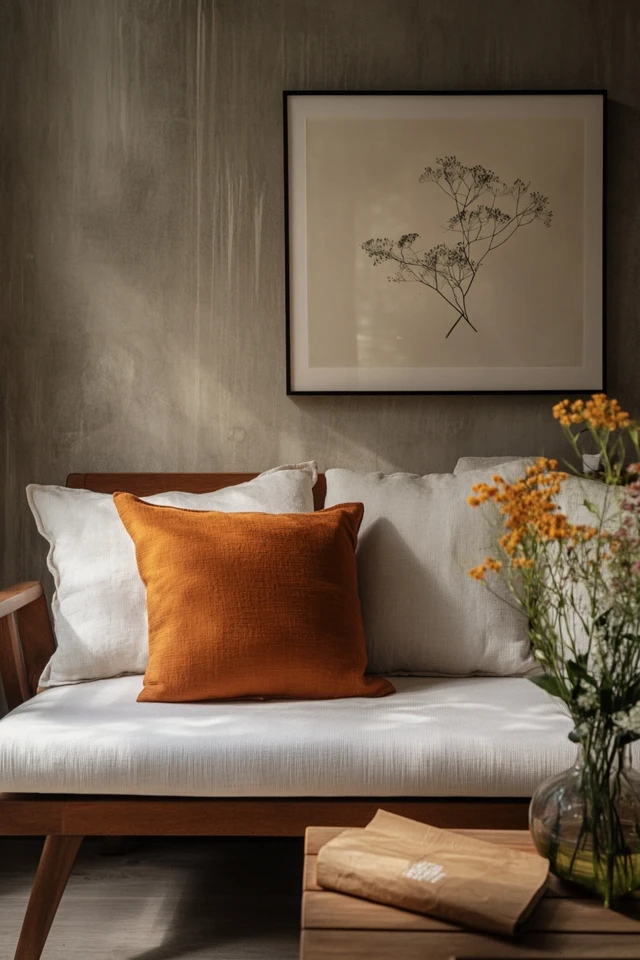
3. Add Soft, Layered Lighting
Why It Works
Lighting plays a crucial role in creating a calm, welcoming atmosphere.
How to Do It
- Use dimmable lights to adjust brightness based on the time of day.
- Add table lamps or floor lamps with warm-toned bulbs for soft, ambient lighting.
- Incorporate candles, string lights, or LED strips for a cozy glow.
Example:
A reading nook with a warm-toned table lamp and a flickering candle creates the perfect evening escape.
4. Bring in Natural Elements
Why It Works
Nature has a calming effect, and adding organic materials brings a sense of balance and grounding.
How to Do It
- Incorporate plants, such as a fiddle-leaf fig, snake plant, or peace lily, to add life and greenery.
- Use natural materials like wood, stone, or rattan in furniture or decor.
- Decorate with nature-inspired art or prints for a subtle outdoor connection.
Styling Tip:
A wooden tray with a small potted plant, a candle, and a cup of tea makes a functional yet soothing display.
5. Keep the Room Clutter-Free
Why It Works
A clean, organized space promotes relaxation and mental clarity.
How to Do It
- Use baskets, bins, or decorative boxes to hide clutter.
- Keep surfaces like coffee tables and nightstands clear of unnecessary items.
- Implement storage solutions like shelves or cabinets to maintain order.
Example:
A sleek bookshelf with neatly arranged books and decorative objects doubles as storage and decor.
6. Incorporate Aromatherapy
Why It Works
Soothing scents can instantly transform the mood of a room and help you relax.
How to Do It
- Use essential oil diffusers with calming scents like lavender, chamomile, or eucalyptus.
- Light scented candles or use soy wax melts for subtle, long-lasting aromas.
- Add a small bowl of potpourri or sachets in drawers to infuse the space with fragrance.
Example:
A lavender-scented candle placed on a side table adds a relaxing aroma and a cozy glow.
7. Choose Comfortable Furniture
Why It Works
Comfortable seating and surfaces encourage you to linger and unwind.
How to Do It
- Invest in a plush sofa or armchair with deep cushions.
- Add an ottoman or pouf for a place to kick up your feet.
- Use a chaise lounge or daybed for an elegant, versatile seating option.
Styling Tip:
A modern armchair paired with a soft lumbar pillow and ottoman creates the ultimate relaxation spot.
8. Include Personal Touches
Why It Works
Personalized decor makes the space feel unique and tailored to your comfort.
How to Do It
- Display meaningful photos, mementos, or keepsakes.
- Add books, magazines, or artwork that reflect your interests.
- Incorporate handmade or heirloom items for a personal connection.
Example:
A gallery wall featuring family photos and art prints in neutral frames adds character and warmth.
9. Add Soundscapes for Ambiance
Why It Works
Soft background sounds can create a soothing atmosphere and block out distractions.
How to Do It
- Use a Bluetooth speaker to play relaxing playlists, ambient sounds, or nature tracks.
- Add a small tabletop fountain for the calming sound of running water.
- Use a white noise machine to create a consistent, peaceful backdrop.
Example:
A quiet playlist of soft piano or lo-fi beats enhances the serene vibe of the room.
10. Create a Multi-Functional Relaxation Space
Why It Works
A versatile room can serve multiple purposes while maintaining its calming atmosphere.
How to Do It
- Include a yoga mat or meditation cushion for mindfulness practice.
- Add a small desk for journaling or creative projects.
- Use a corner for a reading nook with a cozy chair and side table.
Example:
A relaxation room with a yoga mat, a reading chair, and a small writing desk offers multiple ways to unwind.
How to Maintain Your Relaxing Vibe Room
- Declutter Regularly: Keep the space organized and free from distractions.
- Update Seasonally: Swap out blankets, pillows, and decor to match the season while keeping the room fresh.
- Replenish Aromas: Refresh candles or essential oils to maintain a soothing scent.
- Care for Plants: Water and dust plants regularly to keep them healthy and vibrant.
- Limit Technology: Avoid adding TVs or unnecessary electronics that can disrupt the calming atmosphere.
Conclusion
Creating a relaxing vibe room is about blending comfort, style, and personalization to design a space that feels like a retreat from the outside world. Whether it’s a quiet corner for reading, a room for yoga and meditation, or simply a cozy escape, your space should reflect what makes you feel calm and at ease.
When I finished designing my own relaxation room, it became my go-to spot for everything from quiet mornings to unwinding after a long day. Every detail—from the soft lighting to the plush textiles—makes it a haven I can’t wait to return to.
Now it’s your turn! Start with these tips, let your creativity flow, and design a room that brings ultimate comfort and serenity to your home.
FAQ
What’s the best color palette for a relaxing room?
Soft neutrals, pastels, and earthy tones like sage green or muted blues work best for creating a calming atmosphere.
Do I need a lot of space to create a relaxing room?
Not at all! A small corner or nook can be transformed into a cozy, relaxing space with the right furniture and decor.
How do I make a room feel more relaxing without spending much?
Add affordable touches like candles, throw pillows, and string lights. Decluttering and rearranging furniture can also make a big difference.
Can I create a relaxing room in a shared space?
Yes! Use screens, rugs, or furniture placement to carve out a peaceful zone within a larger room.
What scents are best for a relaxing vibe?
Lavender, eucalyptus, chamomile, vanilla, and sandalwood are popular calming scents for relaxation.

